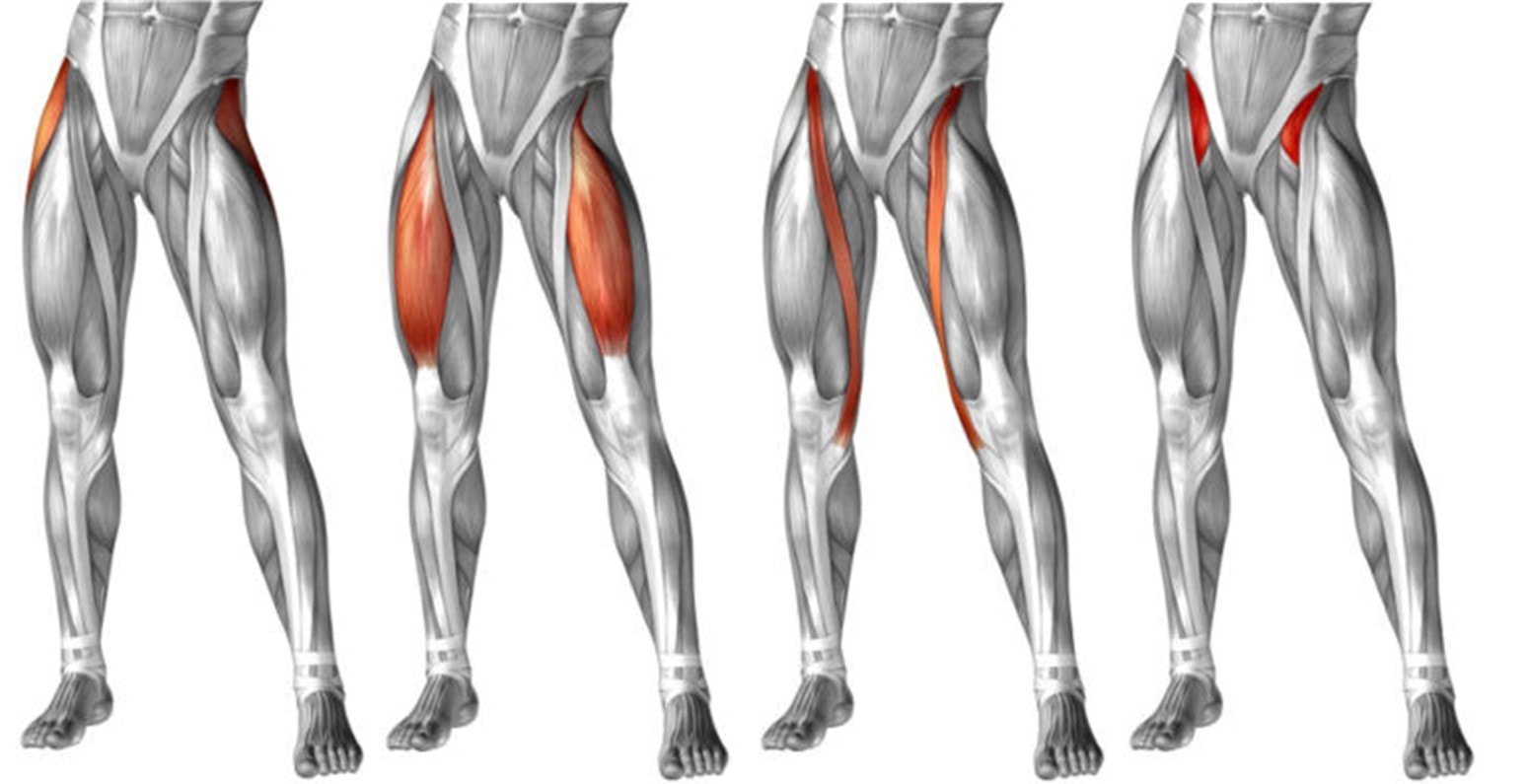|
Our body is a wondrously complex system of tension, integrity and compensation. Rather than being 600 independent muscles, it is one big net with 600 holes - pull on one hole and the entire net becomes warped.
Connective tissue (fascia) surrounds and penetrates everything and it has many diverse responsibilities in the body, playing a critical role in wound healing, aiding the immune system, helping secrete hormones and reserving energy. It cushions our organs, regulates inflammation and helps defend against infection. So it's quite important! Fascia is very plastic, able to mold, shape and shift. It gives our brains a very clear understanding of the outside environment, sensing and responding to pressure, vibration, force or deformation and immediately makes the calibrations it needs to balance the structure of our bodies. Because of the fascial net, tension is held globally, but expressed locally. This means that when you ‘spot treat’ the body, such as addressing knee alone, the result is only temporary and if unresolved it has down stream effects. A knee problem that persists for a few days can become a back problem and a longer term whole-body problem. The source of many types of knee pain can be found in other parts of the body. A great deal of knee pain originates in tight hip flexors and the quadraceps. The Tensor Fasciae Latae (TFL) works in synergy with the glutes and when tight can create pain on the outside of the knee and thigh. The hamstrings also are a major player in providing stability for the knee and when tight, will pull on the fascia of the front of the knee. The adductors are huge knee stabilizers and when short and tight can refer pain into the knee. The IT band’s job is to extend, abduct and laterally rotate the hip and contributes to lateral knee stabilization. Back of the knee pain can be due to tight glutes which put pressure on and shorten the hamstring producing a pulling or pinching sensation on the back of the knee. These are all examples of when the pain in the knee is the symptom, not the problem. Surgery should be a last resort and turned to only when the issue is structural not muscular, of course anything that is torn will need surgical intervention. Stretching and using a massage gun, ball or foam roller on these tight muscles will help to treat the source of a great deal of knee pain and avoid problems in the future.
0 Comments
|
MargieI'm Margie, the owner of A Good Stretch. I love helping you feel good! Archives
April 2024
Categories |
Photo from shixart1985


 RSS Feed
RSS Feed
